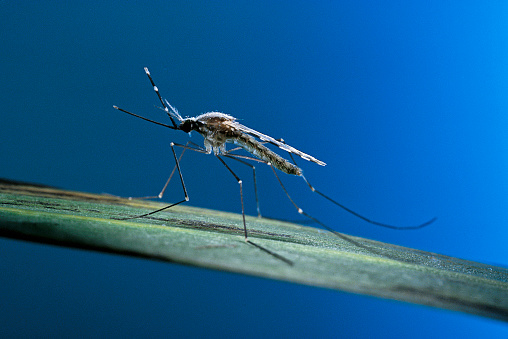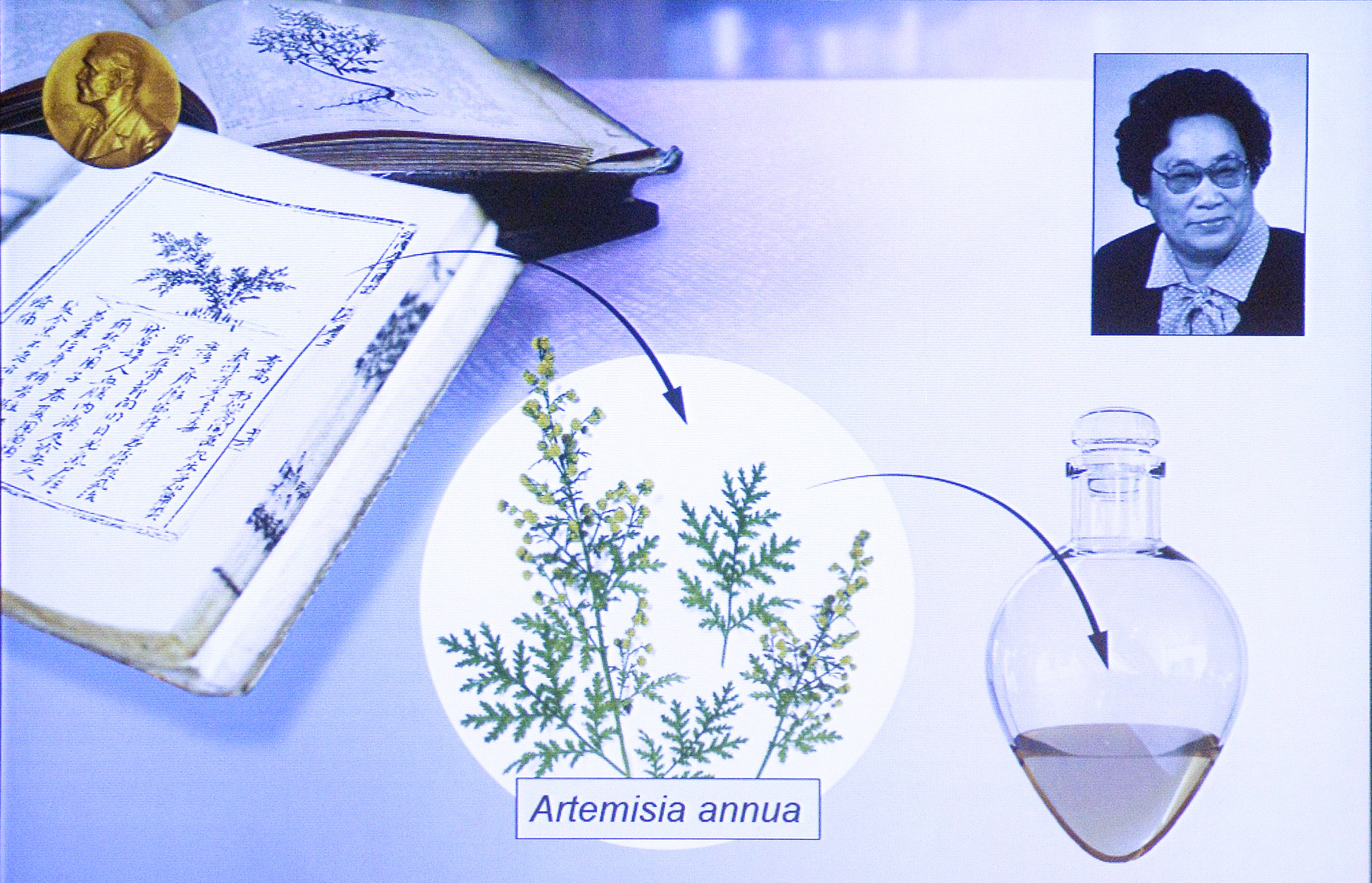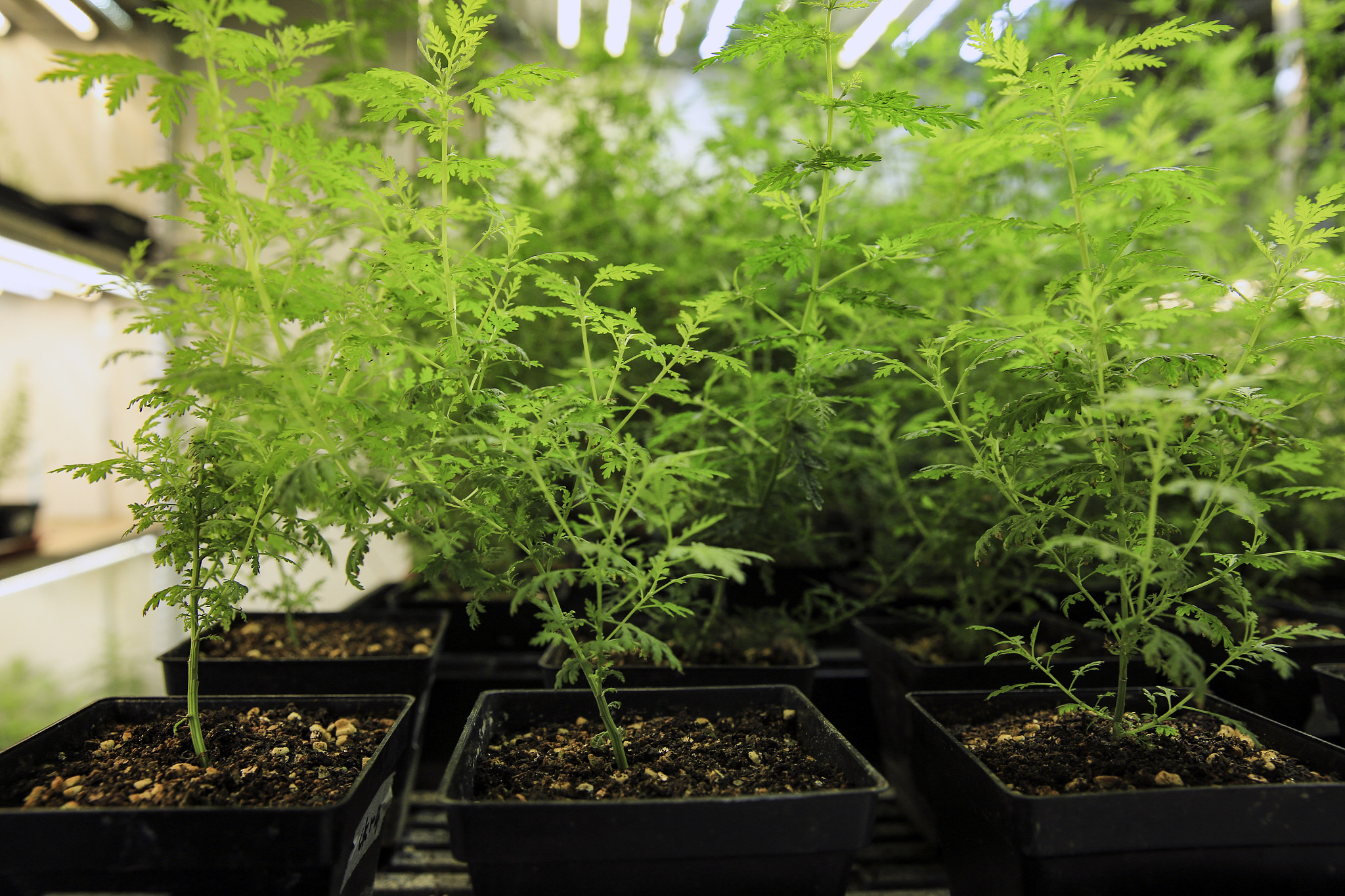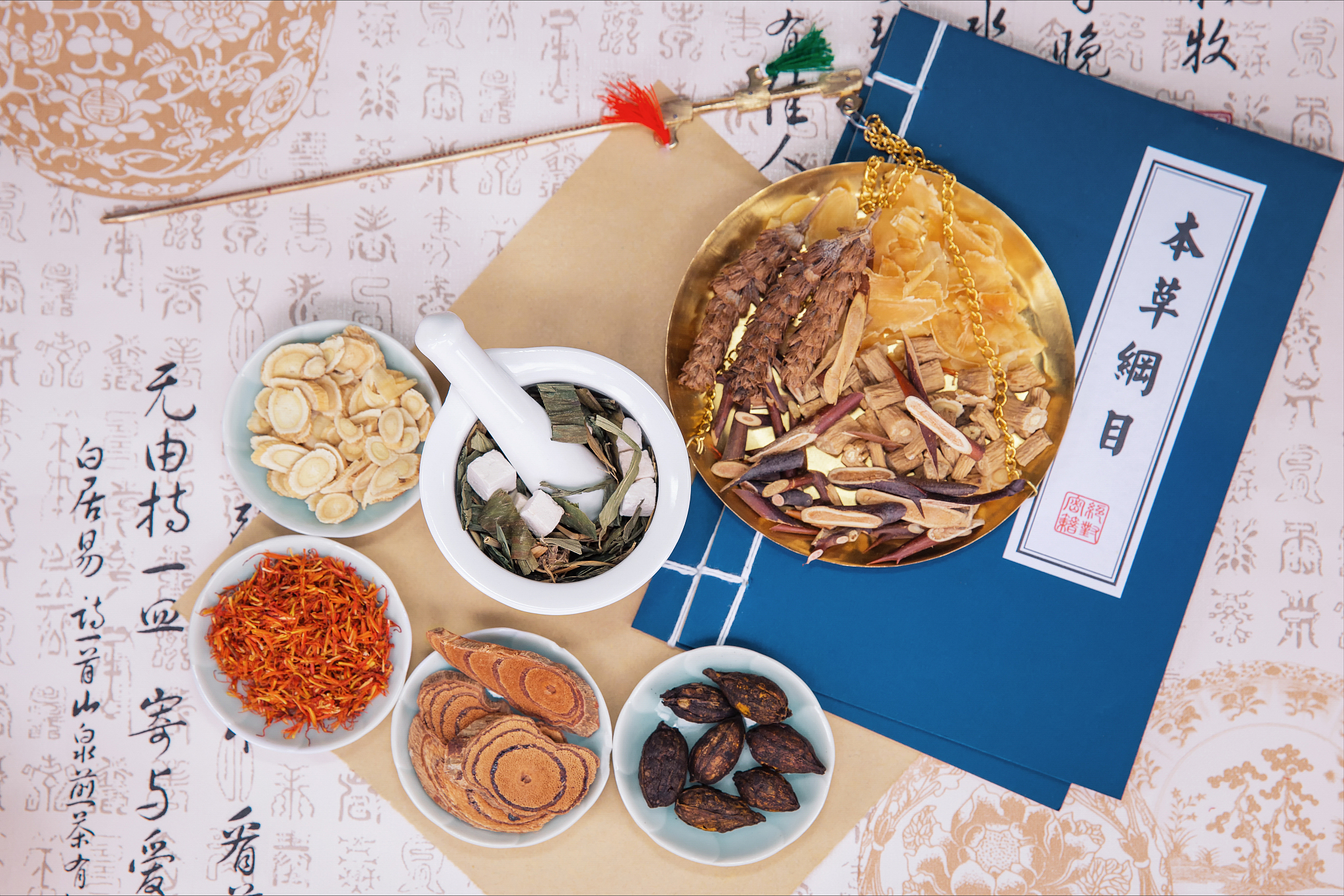A mosquito bites you when you're not paying attention. Over the next 10 to 15 days, you begin to experience fever, headaches and chills. However, you think it's just a common cold, and you don't take it seriously. In the following days, the illness becomes more and more serious, even life-threatening.
You have no idea what's going on until the doctor tells you that you have malaria, a disease caused by parasites transmitted to people through the bites of infected female Anopheles mosquitoes.
Children with severe malaria frequently develop one or more of the following symptoms: severe anemia, respiratory distress in relation to metabolic acidosis, or cerebral malaria. In adults, multi-organ failure is also frequent.
According to the World Health Organization, there were an estimated 229 million malaria cases worldwide, and the estimated number of malaria deaths stood at 409,000 in 2019. The African continent carries a disproportionately high share of the global malaria burden. In that same year, the continent was home to 94 percent of malaria cases and deaths.

The Anopheles maculipennis. /Getty
The Anopheles maculipennis. /Getty
The human species has suffered from malaria for thousands of years, but humankind has never surrendered to the disease.
In 1820, French chemists Pelletier and Caventou isolated quinine, the active ingredient against malaria, from cinchona bark. However, traditional anti-malarial drugs are not as effective as they used to be because the parasite has developed resistance.
In the 1970s, Chinese scientist Tu Youyou's team successfully extracted artemisinin from the Sweet sagebrush (Artemesia annua) plant, which won her the 2015 Nobel Prize in Physiology of Medicine.
The World Health Organization (WHO) recommends artemisinin-based combination therapy to treat uncomplicated malaria due to Plasmodium falciparum.

An inset of a portrait of China's Youyou Tu juxtaposed next to an illustration describing her work during a press conference of the Nobel Committee on October 5, 2015. /VCG
An inset of a portrait of China's Youyou Tu juxtaposed next to an illustration describing her work during a press conference of the Nobel Committee on October 5, 2015. /VCG
Artemisinin is extracted from the Sweet sagebrush plant, which is called "Huanghuahao" in Chinese.
Because Artemisinin ("Qinghaosu" in Chinese) and Celery Sagebrush ("Qinghao" in Chinese) have similar Chinese names, it's often mistakenly believed to be extracted from Celery Sagebrush.
At the most critical moment of research and development, Tu Youyou was inspired by ancient Chinese medicine literature.
Tu Youyou and other scholars determined that the plant "Qinghao" recorded in ancient books refers to Sweet sagebrush rather than Celery Sagebrush through textual research of ancient medical literature, comparison of original plants, chemical composition, pharmacological action and curative effect, etc.

"Qinghao" mainly treats tuberculosis, malaria, chills and fever, swollen and painful gums, diarrhea and so on, according to "Compendium of Materia Medica."
According to "Chinese pharmacopeia," "Qinghao," which has a bitter taste and a cool nature, is the dry aboveground part of the Sweet sagebrush plant.
It grows in wilderness, hillside, roadside and river banks. It is found in most parts of the country.

About 'The Great Herbs' series:
Chinese herbal medicine is the precious legacy of the Chinese people's struggle against diseases for thousands of years and the essence of Chinese culture accumulated over this time. The "Compendium of Materia Medica," written by Li Shizhen, is a valuable heritage of ancient Chinese medicine and botany that has played a significant role in promoting the development of medicine and pharmaceuticals in China and even the world. In this series, CGTN explores some of the great herbs mentioned in the book.
For more:
The Great Herbs: The first of China's nine immortal herbs
The Great Herbs: The buster of blood
The Great Herbs: Flowers with two colors
The Great Herbs: The king of hundreds of herbs
The Great Herbs: Ancient 'mushroom of immortality' on rotten woods
The Great Herbs: Herb with a fishy taste
The Great Herbs: Licorice 'the old man' in the kingdom of medicine
The Great Herbs: Red arrows
The Great Herbs: Heal-all herb withers in summer
The Great Herbs: From natural dye to herbal medicine
(If you want to contribute and have specific expertise, please contact us at nature@cgtn.com.)

